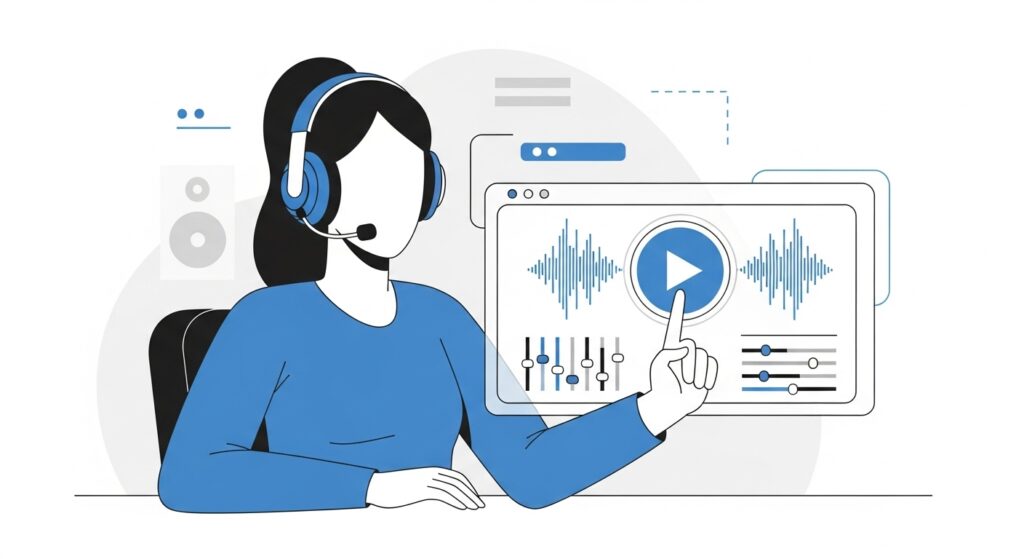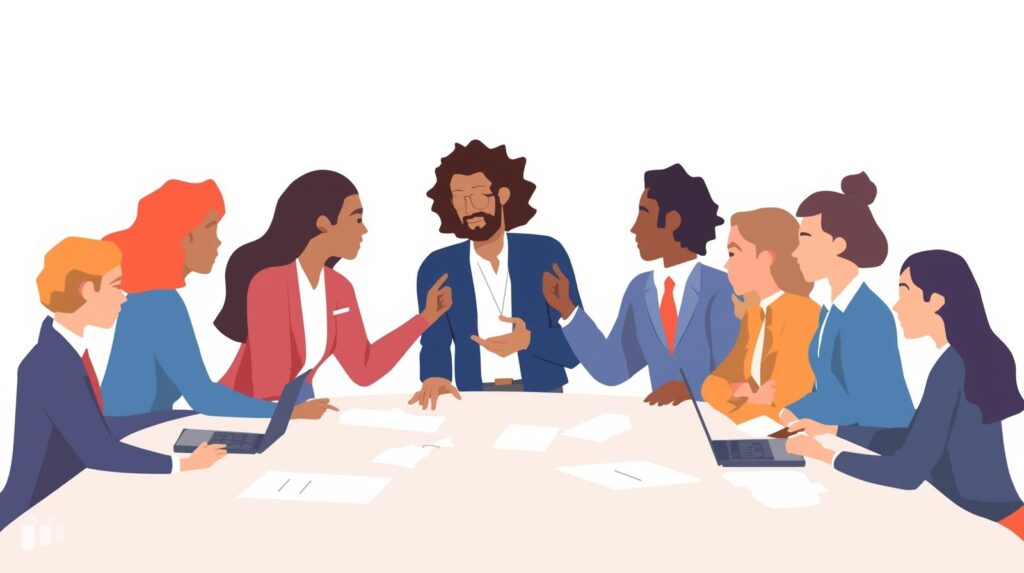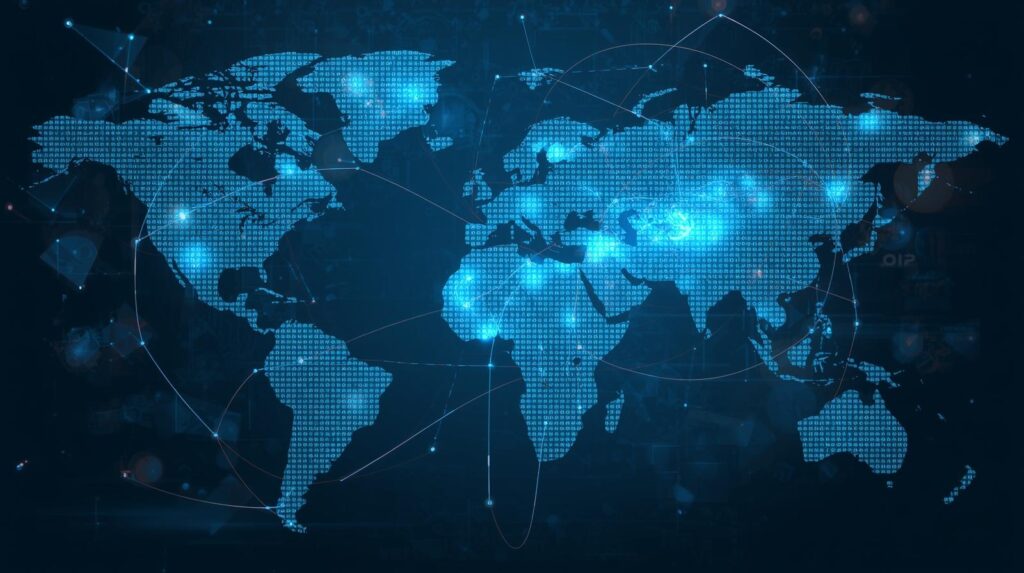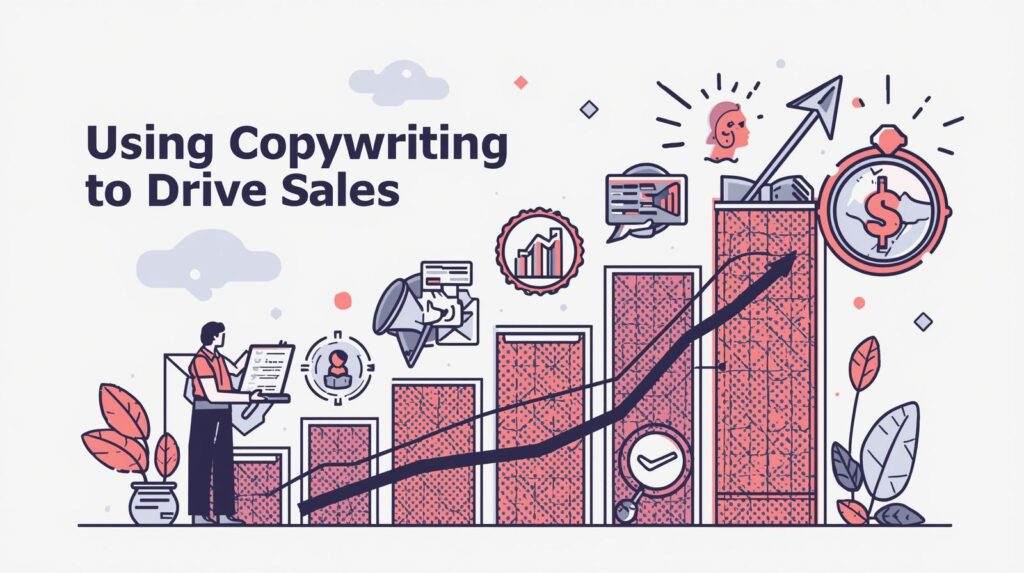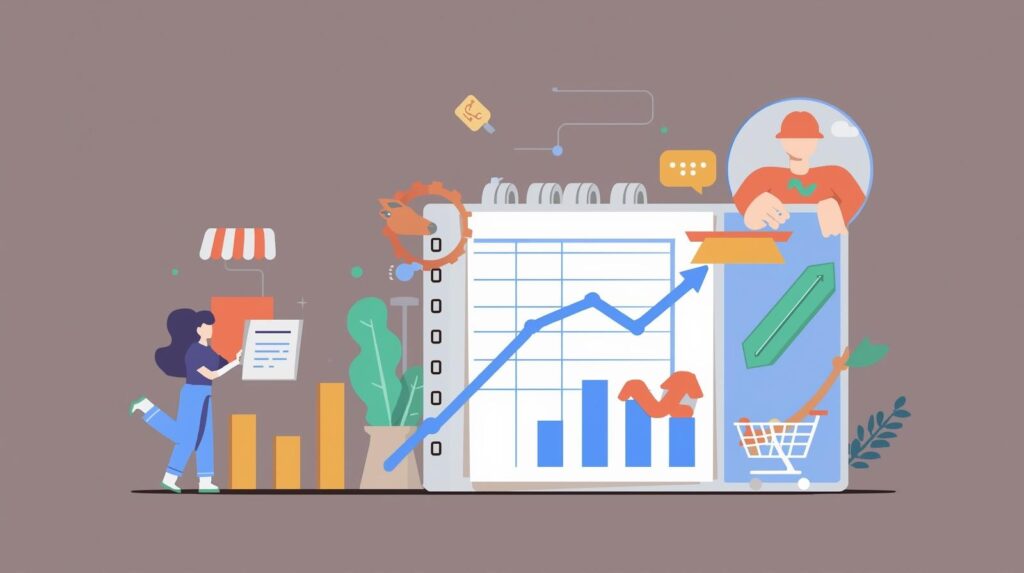Australia is a nation widely known for its strong local communities and deep international connections. Our influence in tech, healthcare, and education keeps growing, and Australian businesses are no longer just thinking about the local market. They’re planning on expanding outward, toward Asia, Europe, the Americas, and beyond.
But here’s the thing: going global isn’t just about shipping products overseas or launching a website. It’s about communication. Yes, real, human communication. And that’s where interpreting services play a crucial role.
When companies want to expand internationally, they quickly run into language barriers. Sure, English is widely spoken, but not everyone is comfortable doing business in a second language. However, interpreting services are making it easier for Australian businesses to build genuine relationships with global clients. But how? Let’s break everything down.
Why Interpreting Matters for Australian Businesses
Think about how we do business here in Australia. We take immense pride in being down-to-earth, approachable, and respectful. That same attitude carries over when we work with international clients. But to show respect, you have to meet people in their own language.
For example, if a Melbourne-based architecture firm is pitching for a project in Tokyo, having a Japanese interpreter can make a world of difference. Not only does it help get the technical details right, but it also shows the client that you value their culture and want to connect properly.
Or imagine a Sydney health-tech startup attending a trade fair in Germany. Having an interpreter on hand allows you to confidently explain your product, answer detailed questions, and avoid the awkwardness of miscommunication.
Interpreting services don’t just translate words but also build trust. And in business, trust is everything.
Interpreting in Different Contexts
Interpreting is not one-size-fits-all. Depending on the industry, the setting, and the type of conversation, businesses may need different styles of interpreting. Here are a few examples:
1. Consecutive Interpreting: Great for meetings, presentations, or small conferences where the speaker pauses to allow the interpreter to translate.
2. Simultaneous Interpreting: Used in larger conferences or events where the interpreter speaks in real-time, often through headsets, so the conversation flows smoothly.
3. On-site Interpreting: Ideal for face-to-face situations like medical appointments, court hearings, or negotiations.
4. Remote Interpreting: Increasingly popular since COVID-19, allowing businesses to connect with interpreters online via video or phone calls.
Australian companies, especially those based in multicultural hubs like Melbourne, Sydney, and Brisbane, are already seeing the benefits. Whether it’s a university welcoming international students or a tourism business catering to overseas travellers, interpreting services help narrow the gap.
The Role of Interpreting in Going Global
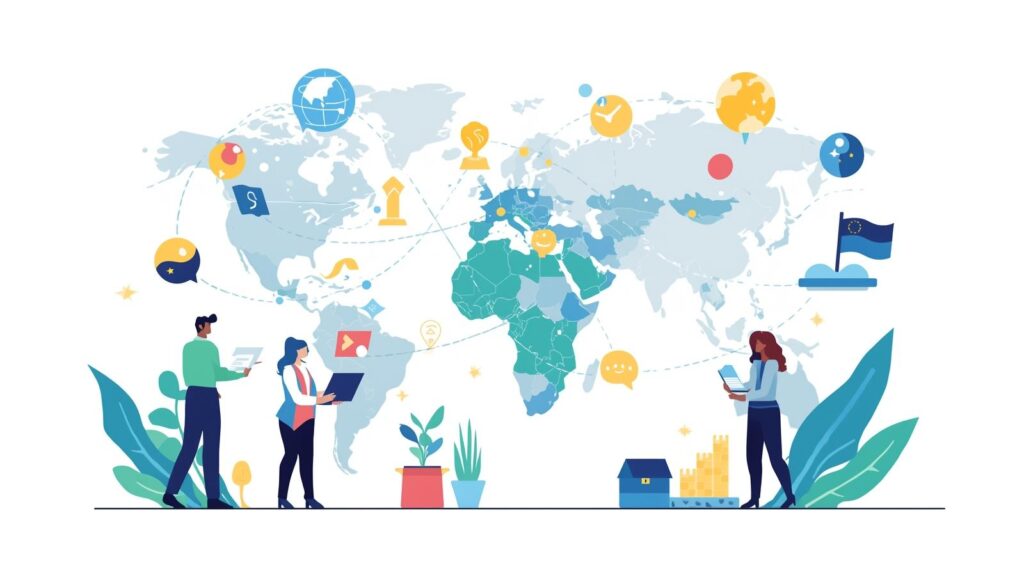
So, how exactly do interpreting services help businesses go from serving locals to thriving in global markets?
1. Breaking Down Language Barriers in Meetings
In business, meetings are often where the most important decisions are made, whether it’s signing a new contract, pitching to investors, or negotiating a partnership. When language is a barrier, the risk of confusion and misinterpretation is high.
For instance, let’s say a Sydney-based construction company is having a video call with potential partners in Singapore. Without an interpreter, technical terms might get lost in translation, figures could be misunderstood, or cultural nuances might come across the wrong way. An experienced interpreter smooths this process by relaying the message accurately in real time.
2. Helping with International Trade Shows and Events
Trade shows and industry expos are prime opportunities for Australian businesses to meet international buyers, vendors, and investors. But these events are fast-paced, and language barriers can limit how much you can achieve.
Picture an Australian food exporter attending a trade fair in Tokyo. They’ve got a stand showcasing premium products, but potential buyers only speak Japanese. Without an interpreter, the chance to explain product details, negotiate prices, or answer specific business questions might slip away.
3. Supporting Healthcare and Legal Industries
For sectors like health and law, communication isn’t just about making deals but also about accuracy and trust. A small miscommunication in these industries could have serious consequences.
Imagine a patient at a Melbourne hospital who speaks very little English. If doctors misinterpret what the patient says about symptoms or medical history, the wrong treatment might be given. On the other hand, with an interpreter present, doctors and patients can communicate clearly.
In law firms or courts, precision in language is everything. A misinterpreted word in a contract or during a testimony could impact someone’s legal rights. Professional interpreters make sure every sentence, every phrase, is communicated with the intended meaning.
4. Building Trust with Clients and Partners
One of the underestimated benefits of interpreting is the human side — building trust. Business is all about relationships. And relationships often grow stronger when you take time to communicate in someone’s own language.
For example, if a Queensland company is pitching to clients in the Middle East, showing up with a professional Arabic interpreter sends a clear message: “We value you enough to make sure we understand you properly.” That level of respect can make international clients feel comfortable, respected, and more willing to do business.
How Beyond Translation Helps Businesses Expand
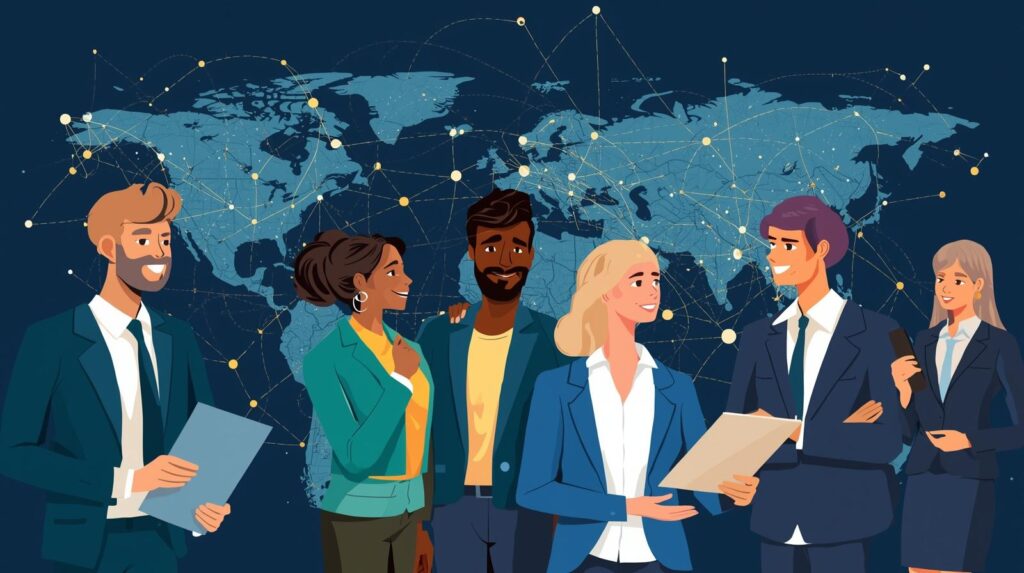
Expanding into international markets involves making sure your message lands with impact, no matter what language your audience speaks. That’s exactly where a trusted partner like Beyond Translation comes in.
Beyond Translation focuses on making communication feel natural, accurate, and culturally appropriate. If your business is entering a new market in Asia, setting up a partnership in Europe, or attending a trade fair in the US, their interpreting services can give you confidence that your message lands the way you intended.
What makes them stand out is their focus on quality and adaptability. With a team of professional interpreters across different industries, they can handle highly technical subjects as well as everyday communication. And because they’re local, they understand how Australian businesses operate and what it takes to succeed internationally.
Final Thoughts
For Australian companies, going global is a chance to share their values, ideas, and products with the world. Interpreting services are the bridge between local businesses and global audiences. They help avoid costly misunderstandings, build trust, and open doors to long-term partnerships. And with expert support from professional interpreters, businesses can take on the world with confidence.
So, if you aim to take over the international market, Beyond Translation is here to make your dreams come true. Contact us now for state-of-the-art interpreting services.

